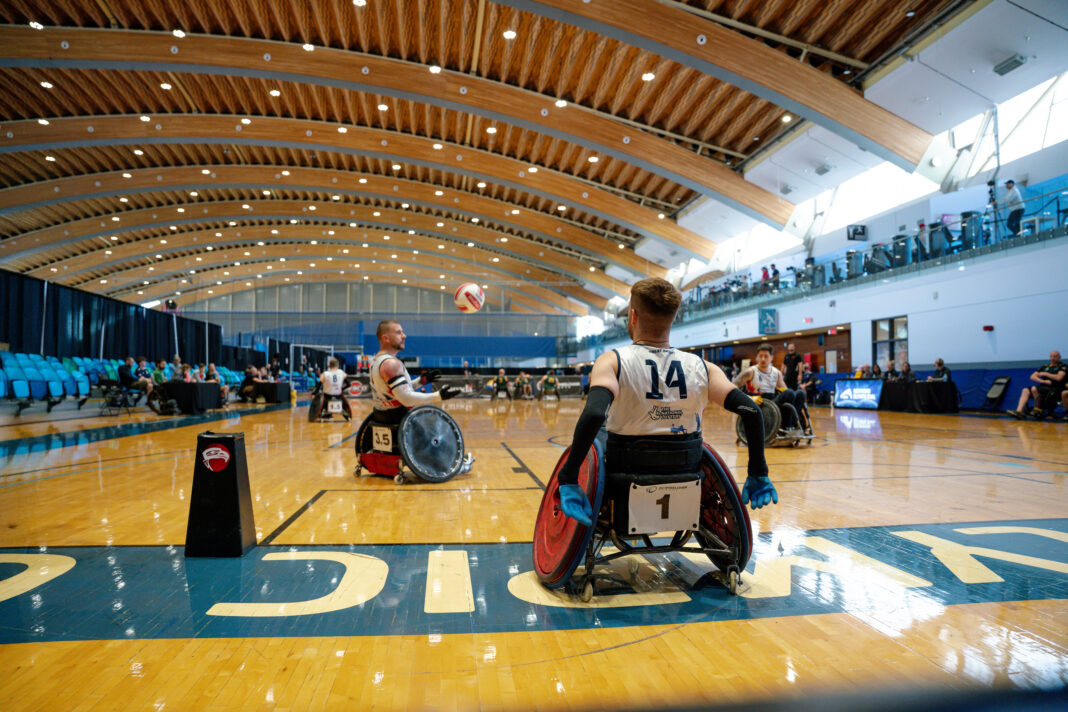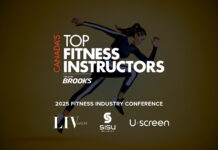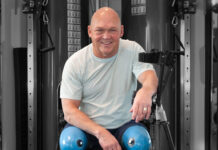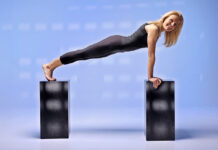The ‘inclusion revolution’ – that is what Andrew Parsons, President of the International Paralympic Committee, called the 2024 Paris Paralympics in his closing ceremony speech. Lauded as the most successful Paralympics ever with over 4,000 athletes competing in 22 sports, the Games is a showcase for those with disabilities to prove to themselves and the world that adapted sports is on a par with able-bodied sports.
But behind the gold medals, the triumphs and tribulations that come with competing, there are scenes that often paint a different picture, one of non-compliance and exclusion in a discriminating world where access to sport and fitness can be challenging for special populations.
COMMUNICATION
Just as education begins in the classroom, sport and fitness—for the large part—originates in the gym, where individuals of all abilities and backgrounds should be able to train and feel welcome. Fitness facilities today are recognizing this particular demographic.
“An important element [of the organization] is to include a diverse group of people in all marketing assets to reflect all types of athletes and patrons, including gender, age, and ability,” says Brad Kahn, Manager, Fitness & Longevity, Richmond Olympic Oval. “Fitness comes in all shapes and sizes. We ensure that we are a welcoming venue for anyone seeking a safe place to participate in sport and recreation.”
It is in the area of marketing and communication that can often be the first stage in inclusion and diversity. Social media and websites, newsletters and on-site facility signage can all be effective tools to reach out to groups to make them feel inclusive.
“We aim to include diverse individuals in all our imagery. This means both people with a visible and invisible disability, a range of genders, ethnicities and cultures,” says Stacey Lund, Business Development Manager at PISE in Victoria, B.C.
“All our communication is crafted with inclusivity in mind,” says Jenna Doak, owner of Body Positive Fitness in Toronto, Ontario. “We avoid promoting one body type over another and steer clear of physical goal-driven language.”
Organizations such as Vivo for Healthier Generations and MNP Community & Sports Centre—both located in Calgary—work with partners such as the Calgary Adapted Hub, the Alberta Accessibility Network, CNIB and the Canadian Paraplegic Society to ensure messaging is consistent and relayed to members.
With Canada being a multilingual country and with new immigrants making the country their home, conversing in other languages is also an important communication factor. “From radio advertising in Punjabi to representation in the images we use in our marketing and promotional materials, we want our community to feel as though they see (and hear) themselves,” explains Dean Paddock, YMCA Calgary Vice President of Community Engagement.
Fyonna Vanderwerf, owner of Bees Knees at Hive Muskoka from Bracebridge, Ontario, is empathetic to new cultures and making them feel welcome. “Imagine stepping into a gym where nothing feels familiar—the language, the music, the people. If we don’t address language gaps, cultural differences, and representation, we risk shutting out people who want to be part of this community.” She has taken it a step further and is reviving her university German and learning Hebrew and Punjabi so she can communicate with her clients.
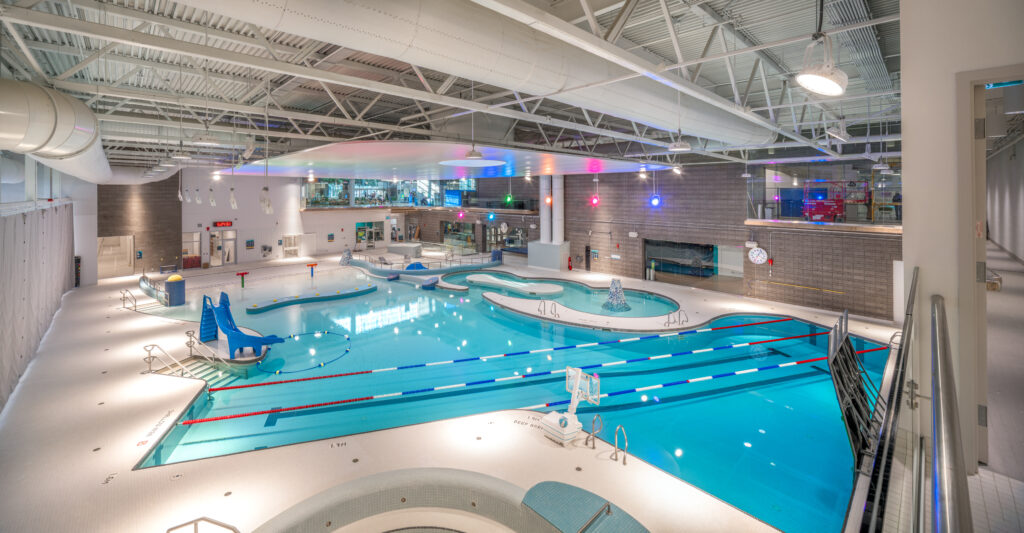
ACCESSIBILITY
Ensuring full accessibility to facilities can be a daunting challenge for some gyms. Access can depend on its size and location: is it shared in a large building or purpose built? Is it on a ground floor where stairs aren’t an issue or in a multi-complex building on an upper level?
Larger fitness centres often don’t have that issue, offering accessible parking and a ground floor entrance. It is the entrance ways that can and must convey that welcoming feeling. Both PISE and Vivo feature T-Coil technology—where communication can be transmitted into a hearing aid—for the hard of hearing at their guest services desks. Westside Recreation Centre in Calgary is introducing ‘Loop’ technology at their customer service desk and has a barrier-free entrance. Vivo also has different textures of flooring to signal a change of use. Braille is now a common feature on signage and gym equipment in many of the gyms.
MNP Centre has always embraced inclusivity and has large expansion plans to make other areas even more accessible. As part of their LEAP project (Leisure Expansion Aquatic Project) which is a multi-million-dollar expansion, all spaces will be unified. “Embedded in this project is a lens on inclusivity, accessibility and sustainability so as we tackle these major upgrades and new builds, we need to ensure we are addressing community needs,” explains CEO Jeff Booke. “That is done with lighting, floor surfaces, signage, purposeful program planning to meet the needs of customers we may not be supporting now. LEAP is a catalyst to ensure the new build is meeting those needs.”
Both MNP Centre and Vivo recognize that large fitness centres can be loud and bright and does not suit everyone so sensory hours and noise reduction devices are available.
“We have sensory hours Monday to Thursday from 1 – 3 p.m. to support neurodiverse clients and lights around the perimeter of the pool ceiling that change colour. These all create a calmer experience for our clients,” says Aimee Johnston, General Manager, Vivo.
Many gyms and fitness centres now have universal washrooms, accessible showers, wide hallways and spaces for wheelchairs, ramps, oversized elevators and pool lifts. “We have gender-neutral washrooms and change rooms with a fully accessible shower and adult change table and lift,” says Johnston.
Those who offer training facilities for sports clubs have also taken accessibility into consideration. At the Richmond Oval: “The North Rink was retrofitted to host para-ice hockey training and games and has accessible rink viewing platforms. We also have accessible-height water fountains and court ramps to facilitate para-sport training,” says Kahn.
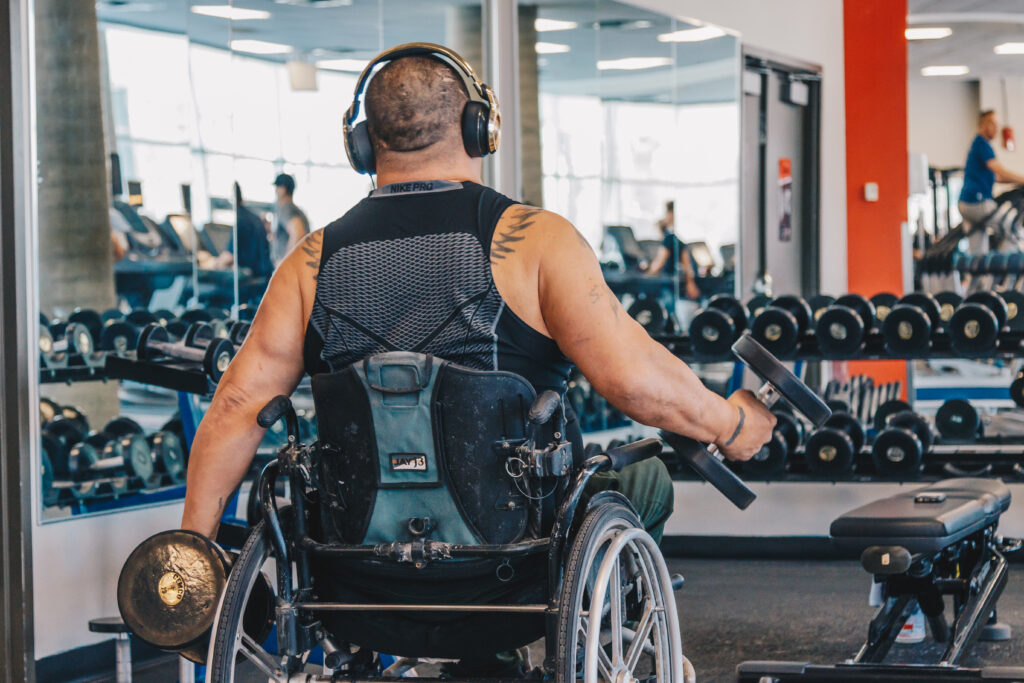
FITNESS EQUIPMENT
Some standard fitness equipment seen in gyms today can be adapted for those with disabilities. Cable machines, for example, have different handles and can be adjusted for height. Krank cycles are commonly seen, and free weights offer flexibility depending on the exercise. Vivo partners with Technogym, a fitness equipment provider.
“As part of our expansion, we wanted to ensure more people were able to feel a sense of belonging within our facility. Technogym specializes in fitness equipment that is built to ensure accessible experiences for people who may be new to exercising, may not speak English as a first language, and who may require adjustments to equipment in order to properly exercise,” says Johnston.
Geoff Starling, Director and Exercise Physiologist with Every Body STRONGER in Calgary, has worked well with his gym space, housed in a rental suite in a 110-year-old building. “There is space between equipment, and our benches, boxes, and accessories—risers, lifts, wedges etc.—are sourced or custom built to facilitate bodies of all sizes. We do not carry any machines without a load limit of at least 500 lbs.”
The O2 Training Centre in Lethbridge, Alberta has a 10,000 square foot facility. “We provide a non- judgement space for the LGBTQ community to feel safe and supported in our weight room, by providing assistance on how to use equipment,” says owner, Justin Tavernini.
MNP Centre has a range of equipment from portable aquatic lifts and steel aquatic wheelchairs to multi-functional strength and cardio equipment and adjustable-height mat platforms.
The YMCA fitness areas include wheelchair-accessible Selectorize weight machines, adaptive upright bikes, arm ergometers, and total-body cardiovascular equipment. Their pools are level-access with winch equipment/chairlifts.

ADAPTED CLASSES
Fitness classes today have come a long way over the years. Aerobics and jazzercise classes are still around but advanced fitness technology has made group training accessible to a wider range of the population. Talking to fitness centres, the majority say that classes can be adapted to suit an individual’s range of motion or disability, but specialist classes are available too.
“Westside strives for everybody to feel welcome, safe, and engaged in all classes. We offer specific classes that are adaptive and inclusive i.e. Balance, Strength and Mobility, Active Stretch, Hip & Knee Yoga. Instructors adapt the class to fit the needs of all attending whether it is props to aid in balance, getting on/off the floor, or music at a lower volume so everyone can hear the instructions,” explains Jan Bloemraad, CEO, Westside Recreation Centre, Calgary.
“We have 100 group exercise classes all structured to be adapted—standing or sitting,” says Booke at MNP Centre. “We like seeing all ages and abilities competing together.”
PISE offers Adapted Strength and Conditioning two days a week, Vivo has deep water and shallow water classes in their accessible pool and Every Body STRONGER has specialty classes for queer and trans folk.
What we are seeing is the growth of the older adult classes. “We offer special programming for gentle fitness, which is open to any age and stage but often frequented by participants from older demographics,” says Paddock from the YMCA. The Richmond Oval also has an Active Aging (55+) program to meet this growing demand, and the new Eau Claire Athletic Club in Calgary encourages active participation among its 55+ members.
“As a new club, we have the unique advantage of designing our facilities with the 70+ demographic in mind,” says Alix Williams, COO, Eau Claire Athletic Club. “We are developing fitness and social programs specifically tailored to support the wellness, connection, and longevity of our 70+ members, helping them stay active and engaged in the club community.”
It is the 55+ demographic that Fitness in Canada (FIC) predicts to be one of the fastest growing sectors in the fitness industry. FIC President Sara Gilbert says she has seen the population growth on social media with most of the engagement made by females. “When we look at health care for the over 60s, 85 per cent of the decisions are made by women.”
She says a lot of this is attributed to the loss of faith in health care since Covid. “Pre-Covid there was guidance and trust from doctors, but with so many not having access to a family doctor they turned to themselves to exercise and now proactively see what their options are. We have seen a huge shift in the thinking of this generation.”
And their goals differ from a younger demographic. “It’s about functional exercise—getting out of the bath, playing ball with grandkids. Research has shown this is far more meaningful goal of exercise than physique goals.”
TRAINING
Hiring diverse staff and being an equal opportunities employer is standard in the fitness industry. Specialty certifications are available in most disciplines. “We have staff at our facility in certain departments with additional certifications that include: athletic therapy, inclusion training, mixed ability training, swim abilities training, minors in community rehabilitation, just to name a few,” says Johnston at Vivo.
Body Positive Fitness and Every Body STRONGER hire plus-size, BIPOC, LGBTQ trans and older adult trainers. The Richmond Oval welcomes applications from all groups including visible minorities, Indigenous people, and persons with disabilities. “We also recognize unique styles, perspectives, beliefs and creativity that support a diverse, respectful, inclusive and collaborative work environment,” says Kahn.
Professional bodies such as Fitness Alberta supports fitness professionals in the province ensuring they have access to evidence-informed education and certification. “Our core resource manuals include information and education about inclusion and diversity,” says Gisèle Tennant, President, Fitness Alberta. “We also offer professional development at our conferences and in webinars specifically to support leaders to be able to create more accessible, and inclusive programs in their communities.”
The organization is also active in the community. “We have worked on committees with the University of Alberta’s Steadward Centre, supporting their Adapted Physical Activity conference, and also provide education credits to leaders who attend events hosted by community partners, focused on DEI in the fitness sector. We will continue to look for ways to support diversity, increase access to and awareness about the benefits of physical activity for all going forward,” adds Tennant.
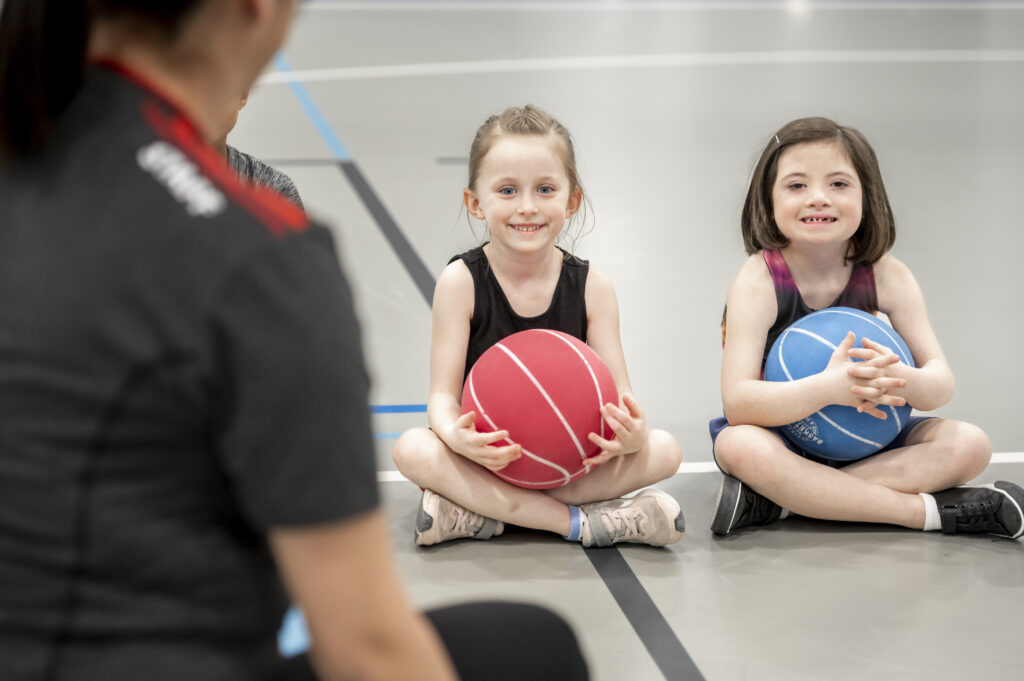
COLLABORATION AND RESOURCES
Other organizations also work collaboratively with the fitness industry to further educate, support and promote sport and recreation opportunities for special populations. OneAbility has 50 members across British Columbia—and other provinces—with a mandate: “to bring organizations together to connect and communicate around the delivery of sport and physical activity programs and services for individuals with disabilities.”
Similarly, the Calgary Adapted Hub has a goal of making sport and recreation more inclusive for children, youth, and families living with disabilities. Its four core values are Collaboration: working with partners and community members; Opportunity: empowering individuals to be more active; Community: creating safe spaces, and Research: evaluating programs.
One organization that works specifically with youth is KidStrong. With three locations in Calgary they offer programs for kids with mental health challenges, such as ADHD. “We have created a curriculum that will get kids moving and allow them “reps” at certain milestone challenges through the three domains: physical, character and cognitive,” explains Scott Wildeman, KidStrong Area Developer. “They have a chance to master the monkey bars and rope climbs (physical); social greetings and public speaking (character) and solving patterns, learning sign language and anatomy (cognitive). This carefully curated curriculum allows success which creates a feeling of pride and determination.”
Resources are also available at the municipal level. The City of Calgary has developed an Access Design Standards, a guide for the design of accessible and inclusive recreation facilities. The LEAP project at the MNP Centre is one example of the collaboration. As part of the development of the Leisure Water all basins will be equipped with ramps to provide accessibility for people with reduced mobility. “These standards ensure that people of all backgrounds and abilities feel welcome and can fully enjoy the City’s recreational offerings,” explains Heather Johnson, Director, Recreation and Social Programs. “By prioritizing accessible programs and spaces, we ensure everyone has the opportunity to engage in physical activities, connect with others and enjoy the benefits of community resources.”
FEEDBACK
With clubs and gyms embracing inclusivity and adapting best practices in DEI, community support has been very positive. “We receive positive daily feedback saying that we consistently create, meet and exceed a welcoming environment,” says Bloemraad from Westside Recreation.
“We conduct regular surveys to measure the satisfaction and experience of our members and program participants and we hear overwhelmingly that people see YMCA Calgary as a safe space and an inclusive environment that welcomes them for who they are,” adds Paddock.
Kahn concurs: “Our clients frequently express appreciation for our inclusive approach. Many have shared that they feel acknowledged and supported in our community, regardless of their background, fitness level, or identity.”
Booke from MNP has received a lot of enthusiasm from their clients. “The real message we are hearing is don’t dilute what you are doing well.”
There is always room for improvement of course. Special populations face challenges daily but with the support of the fitness industry clubs and gyms can make a difference and enhance the well-being of all. As Booke says: “There is a strong support that we serve all people and an understanding that it is the right thing to do.”
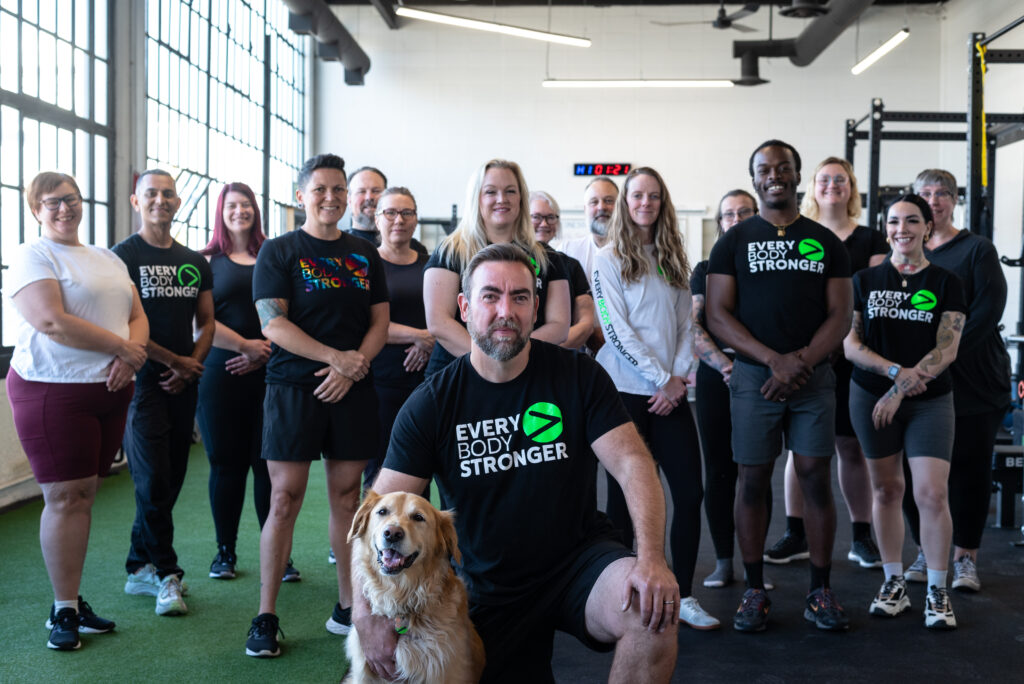
WHAT TO LOOK FOR IN AN INCLUSIVE GYM
Navigating gyms, studios and other fitness businesses can be challenging. Beyond the basics of price, location, and amenities, it is also important to check their inclusivity practices. Whether they impact you directly or not, it demonstrates an attitude to making fitness available to as many people as possible. Here are some key areas to look for in a gym.
Body Diversity: Use of diverse imagery in their marketing, social media, website and around their facility, including displaying larger bodies, age diversity, marginalised identities (queer, trans, BI POC, disabled) and other signals of allyship (flags, stickers, quotes).
Active Listening: They ask for your needs and goals instead of presuming them for you. Not everyone wants to lose weight or gain muscle, some folks just like to move! They also should be respectful of your age, cultural background, and comfort around other people and different spaces.
Unloaded Language: Use of unbiased language and avoiding terms like ‘assessment,’ ‘score/grade,’ ‘pass/fail’ or similar comparatives, and saying ‘optimized’ rather than ‘modified’ to perform baseline exercises starting with achievable versions of movements that you can build on.
Gender-Neutrality: Use of gender-neutral language including asking for and displaying pronouns, private, gender-neutral washrooms and change areas with sanitary products readily available.
Body Autonomy: If weighing or measuring any part of your body is part of their practice (ideally it isn’t) they always ask permission first and give you the option to refuse, get consent before making any physical contact, and ensure any images are approved by you before posting/publishing anywhere.
Equipment & Layout: Equipment is accessible, easy to use, capable of supporting you, has clear signage/instructions, only has mirrors where necessary for safety and any scales or measuring equipment are in private spaces.
Accessibility: There are ramps or elevators available and handrails on stairways, at least one chair-height toilet with a support rail and wheelchair access, and ideally aids for the visually and hearing impaired.
Trauma-Informed: You are treated as an individual with your own history and experiences which has shaped your relationship with physical activity, avoiding specific language, movements, body positions or biological responses that may be triggering for you.
Neurodiversity: There is a quiet recovery area with soft furniture, where sensory barriers like headphones, gloves and loose clothing are allowed, and there is minimal use of detergents and fragrances.
You may also like: Breaking the Ice
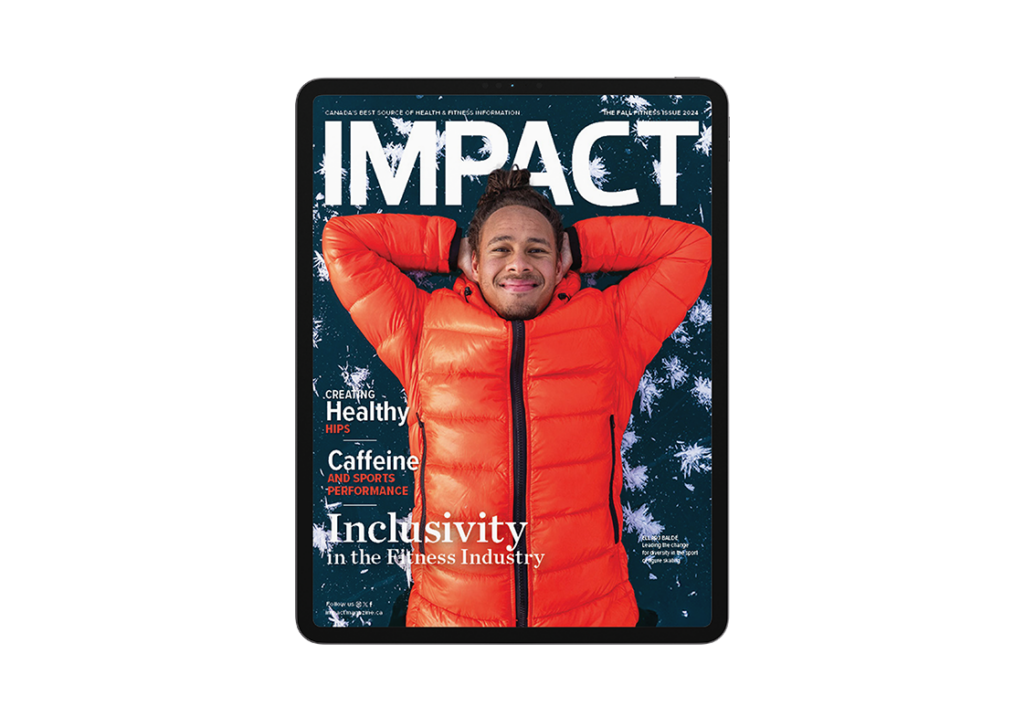
Read This Story in Our 2024 Fall Fitness Issue
IMPACT Magazine Fall Fitness Issue 2024 featuring Canadian figure skating icon Elladj Baldé, Paralympic shot putter Greg Stewart, Indigenous rights trail running Anita Cardinal. Adventure travel with some amazing winter getaways, strengthen your back and hips, find the art of joyful movement, Inclusivity in the fitness industry and so much more!


